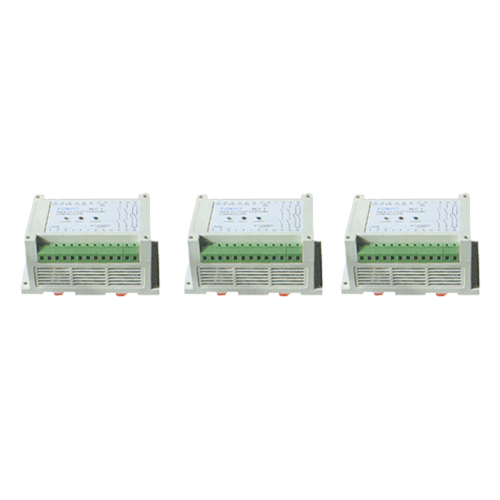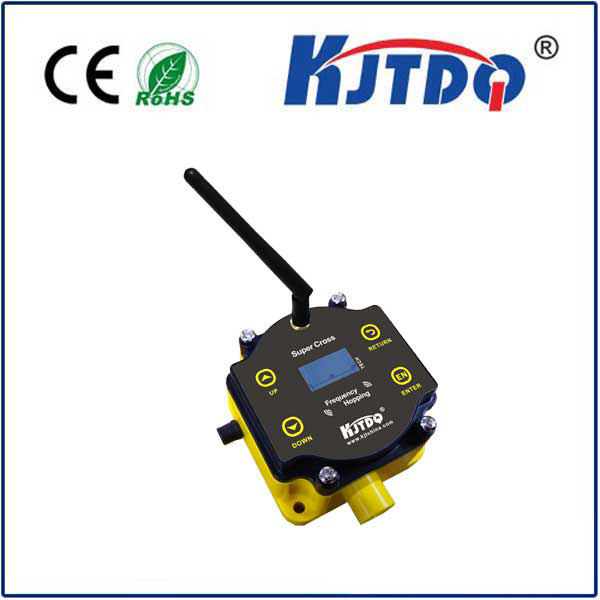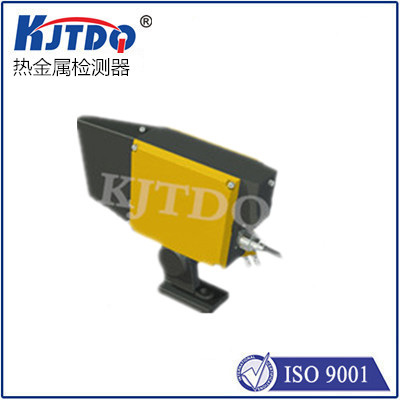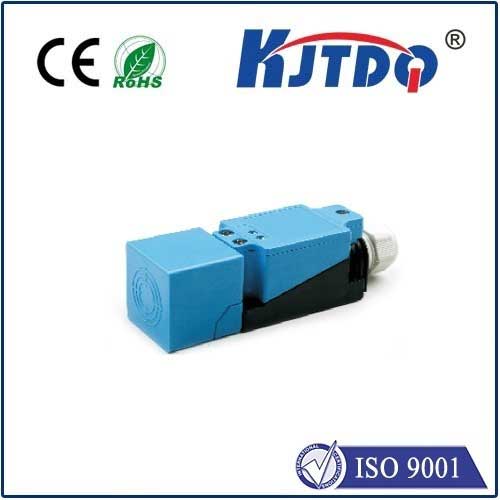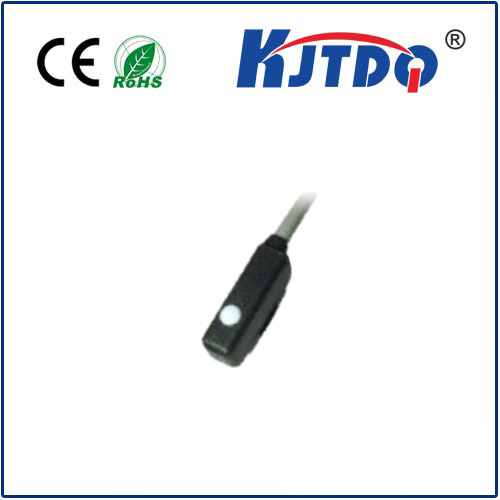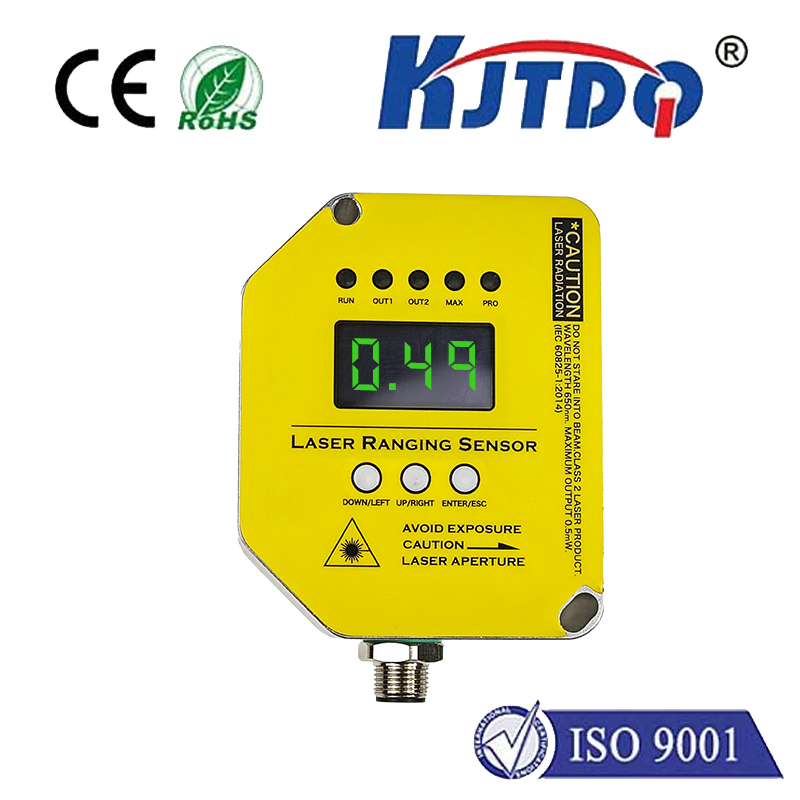

check

check

check

check
BIM-IKT-AD4: The Future of Construction and Digital Integration
The construction industry has always been a crucial sector for technological advancement, and the integration of Building Information Modeling (BIM), Information and Communications Technology (ICT), and Advanced Data (AD4) is reshaping the landscape of modern construction. The acronym BIM-IKT-AD4 represents a comprehensive approach to digital transformation, combining three key technologies to enhance efficiency, accuracy, and collaboration in the built environment. This article explores the significance of BIM-IKT-AD4, its applications, and the benefits it brings to the construction sector.
BIM: The Cornerstone of Digital Construction Building Information Modeling (BIM) has revolutionized how projects are planned, designed, and executed. It is a digital tool that enables the creation of detailed 3D models of buildings, incorporating vast amounts of data related to structural integrity, materials, energy performance, and cost estimates. BIM allows teams to visualize and analyze projects in real time, reducing errors and improving decision-making. As the core of the BIM-IKT-AD4 framework, it serves as the foundation for the integration of other technologies.

ICT: Enabling Digital Transformation Information and Communications Technology (ICT) plays a vital role in the BIM-IKT-AD4 model by enabling seamless data exchange and communication between different stakeholders. With the rise of cloud computing, artificial intelligence, and the Internet of Things (IoT), ICT has become essential for real-time collaboration, data sharing, and automation. The integration of ICT into BIM allows for greater connectivity and efficiency, ensuring that projects stay on track and within budget.
AD4: The Advanced Data Layer Advanced Data (AD4) refers to the integration of big data, analytics, and predictive modeling into the BIM framework. AD4 enables the collection and analysis of vast amounts of data from various sources, including construction sites, equipment, and environmental factors. By leveraging AD4, construction professionals can make data-driven decisions, optimize resource allocation, and improve project outcomes. This layer of integration is crucial for achieving sustainable and efficient construction practices.
The Synergy of BIM-IKT-AD4 The BIM-IKT-AD4 model is not just about the sum of its parts; it is about the synergy between BIM, ICT, and AD4. Together, they create a cohesive digital ecosystem that supports real-time collaboration, data-driven decision-making, and sustainable development. For example, in a construction project, BIM models can be integrated with ICT systems to allow for real-time updates and changes to the project plan. AD4 then provides the analytical depth needed to make informed decisions based on the data collected from the site.
Benefits for the Construction Industry The implementation of BIM-IKT-AD4 offers numerous benefits to the construction industry. It enhances project efficiency by reducing delays and rework, improves cost management through accurate planning and real-time monitoring, and supports sustainability by enabling energy-efficient designs and material optimization. Moreover, the integration of advanced data analytics allows for better risk management and long-term performance forecasting.
Conclusion As the construction industry continues to evolve, the adoption of BIM-IKT-AD4 is becoming increasingly essential. By embracing this integrated approach, organizations can unlock new levels of innovation and efficiency. The future of construction lies in the seamless integration of digital technologies, and BIM-IKT-AD4 is at the forefront of this transformation. With the right implementation and continuous improvement, the industry can achieve greater success, sustainability, and competitiveness in the global market.

